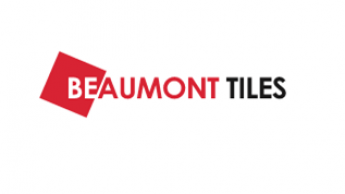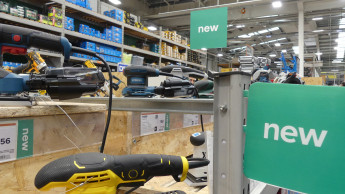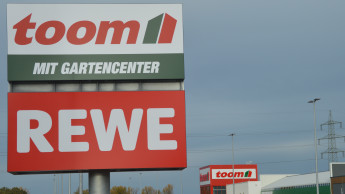The industry overview includes sales value detailed by DIY retail and trade. For example, slightly more than half (51 %) of the expenditure on paint is made by DIYers, who predominantly buy their paint through major retail groups such as Bunnings, Mitre 10, Home Hardware (Danks) and Paint Australia.
Development of the market
The market grew in 2003/2004 by 2 per cent in sales value over the previous year to a level of Aus $ 25 bn. The residential building market continues to be buoyant. Trade related sales grew slightly ahead of those of the retail DIY market, so that the trade market now represents 63 per cent of all expenditure on hardware and building materials. The extensions and renovations sector of the market is also at record levels and is indicative of the “nesting” trend, especially amongst older Australians, including the house-proud baby boomers (45- to 60-year-olds).
Product category performance
The more closely trade related categories, such as timber, building materials, power hand tools, plumbing and electrical fittings, plus locks and door hardware, have shown stronger growth during the period under consideration than those categories that are more geared to the DIYer.
The Australian hardware and building supplies market by product category and sales channel (.pdf download)
Crucial to this development was the relatively high level of new-build housing activity that continued throughout the 2003/2004 year. But the fact that home-owners no longer do so much themselves as in recent times, preferring the DIFM (Do It For Me) solution instead, has boosted this segment. And so tradesmen have undertaken more projects and jobs such as mowing lawns, gardening and other household services.
Important attributes in choosing suppliers(.pdf download)
Further information on this subject and detailed statistics from the Australian hardware and building supplies market can be found at www.DIYglobal.com under the DIYglobal plus/Trade topics heading.

 Menü
Menü














 Newsletter
Newsletter